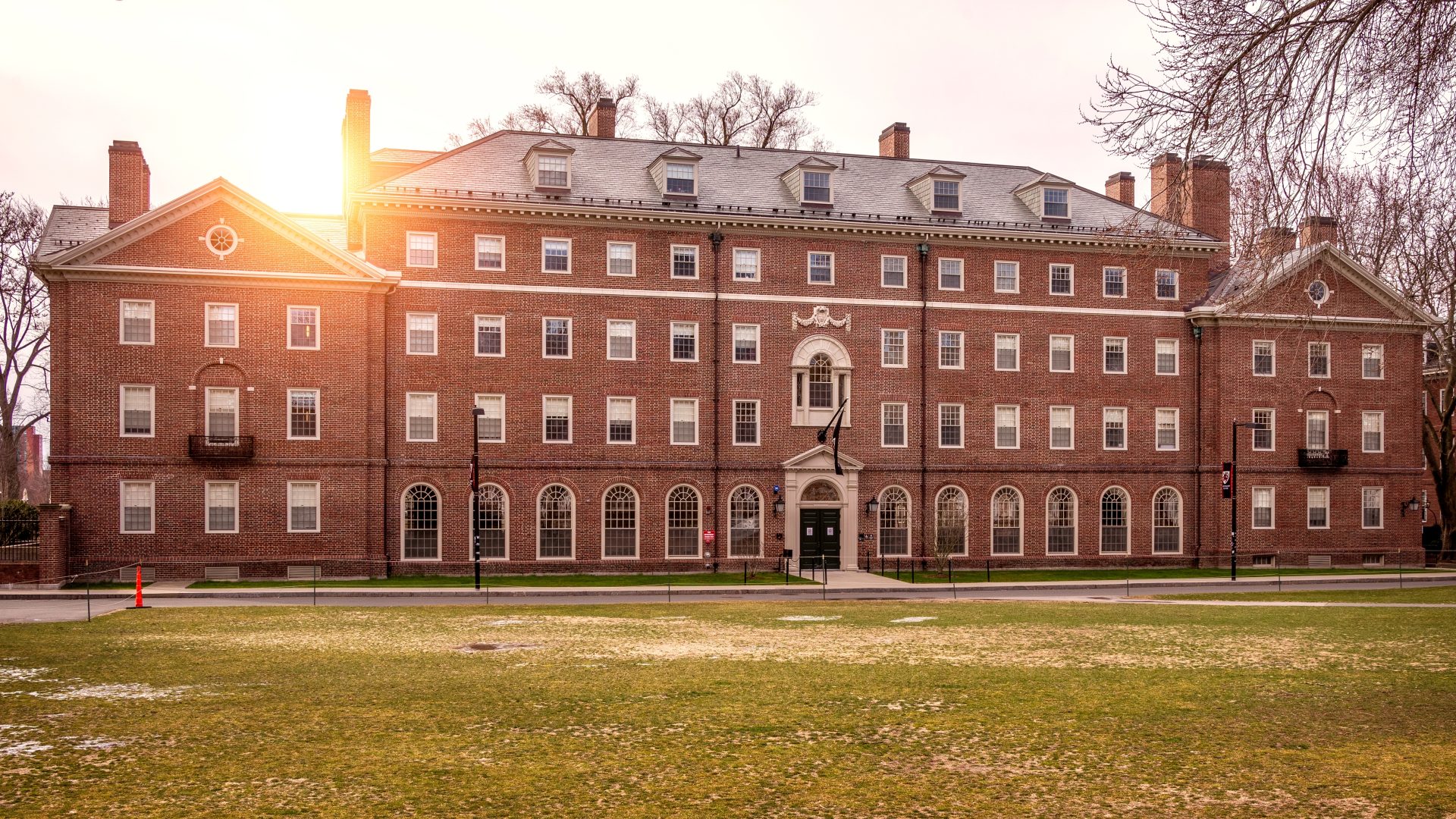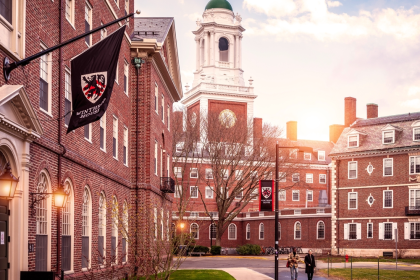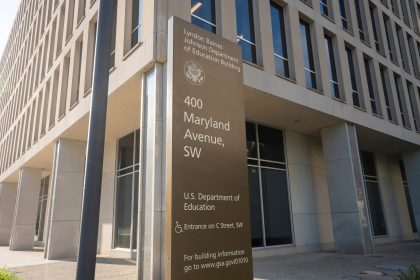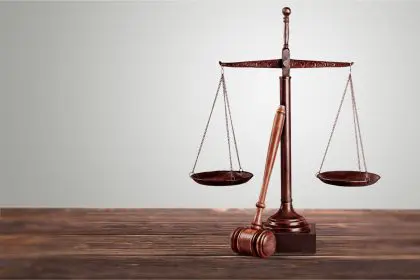Harvard University faces an unprecedented crisis that could fundamentally alter its future as federal investigators deliver a crushing blow to one of America’s most prestigious educational institutions. The government’s formal finding that the university failed to protect Jewish students from antisemitic harassment has opened the door to financial penalties that could cripple the Ivy League school.
The investigation’s conclusions represent far more than administrative criticism—they constitute a direct threat to Harvard’s survival as a leading research university. With billions of dollars in federal support hanging in the balance, the institution now confronts the most serious challenge to its operations in modern history.
This escalating confrontation between the federal government and Harvard reflects broader tensions surrounding campus antisemitism that have intensified since recent Middle East conflicts sparked protests and counter-protests across American universities. The stakes extend beyond one institution, potentially setting precedents for how the government addresses similar issues at other schools nationwide.
The government’s damning assessment
Federal investigators delivered their verdict through a comprehensive 57-page report that methodically documented instances of antisemitic harassment and the university’s allegedly inadequate response. The civil rights office of the Department of Health and Human Services led the investigation as part of a broader federal antisemitism task force examining campus conditions.
The report characterizes Harvard as a “willful participant” in creating an environment where Jewish students and faculty faced discrimination and harassment. This language carries significant legal weight, suggesting deliberate institutional failure rather than mere oversight or mismanagement.
Investigators cited Harvard’s own internal antisemitism study released earlier this year, which documented disturbing incidents including Jewish students being spat upon and subjected to Nazi-era chants. These firsthand accounts provided federal officials with compelling evidence of the hostile environment that Jewish community members allegedly endured on campus.
The investigation focused particularly on campus protests related to Middle East conflicts, where federal officials determined that Jewish and Israeli students experienced fear and educational disruption. The government criticized what it characterized as inconsistent and insufficient disciplinary measures against protesters who violated campus policies.
Financial consequences that could reshape higher education
The immediate threat involves Harvard’s eligibility for all federal funding, including research grants, student financial aid, and various institutional support programs. The university has already lost more than $2.6 billion in research funding through previous government actions, representing a massive financial blow to its operations.
Student financial aid represents perhaps the most devastating potential loss, as federal loans and grants enable thousands of students to afford Harvard’s expensive tuition. Losing access to these programs would effectively price out many students from middle and lower-income families, fundamentally altering the university’s student body composition.
The government’s ability to withdraw federal funding over civil rights violations represents what higher education observers often describe as a “death sentence” for affected institutions. While such extreme measures remain rare, the threat carries enormous leverage in negotiations between universities and federal agencies.
Research funding cuts already implemented have forced Harvard to reassess numerous projects and potentially reduce faculty positions. Additional funding losses could trigger more severe operational changes, including program eliminations and staff reductions across multiple departments.
Campus tensions and their broader implications
The investigation emerged from growing concerns about antisemitism on college campuses nationwide, with Harvard becoming a prominent focal point for these discussions. Campus protests and counter-protests created an atmosphere that federal investigators determined violated Jewish students’ civil rights.
University officials acknowledged problems with both antisemitic and anti-Muslim bias on campus while defending their efforts to address these issues. The administration implemented various initiatives aimed at combating prejudice and improving campus climate for all students.
The challenge of balancing free speech protections with student safety has become increasingly complex for university administrators. Harvard’s situation illustrates the difficulties institutions face when trying to maintain open discourse while ensuring all students feel secure and welcomed.
Federal investigators specifically criticized the university’s handling of protest encampments, arguing that prolonged demonstrations created an intimidating environment for Jewish students. The government’s position suggests that First Amendment protections have limits when they interfere with other students’ educational rights.
Legal battles and institutional resistance
Harvard has mounted vigorous legal challenges to various government actions, arguing that federal penalties constitute illegal retaliation rather than legitimate civil rights enforcement. These court battles could establish important precedents for university-government relations and campus free speech issues.
The university’s decision to resist federal demands represents a significant departure from typical institutional responses to government pressure. Most schools facing similar investigations choose to negotiate voluntary compliance agreements rather than engaging in prolonged legal conflicts.
Court proceedings have already blocked some government actions against Harvard, providing temporary relief while broader legal questions remain unresolved. These judicial interventions demonstrate that federal agencies cannot act with complete impunity when targeting educational institutions.
The unprecedented nature of the government’s approach has raised concerns among higher education leaders about potential overreach and political motivations. Critics argue that the administration’s tactics exceed traditional civil rights enforcement boundaries.
The broader higher education landscape
Harvard’s situation has sent shockwaves through the higher education community, with other institutions closely monitoring developments that could affect their own federal funding. Universities across the country are reassessing their policies and procedures in light of increased government scrutiny.
The case has highlighted the substantial dependence of American universities on federal support, making them vulnerable to political pressure and policy changes. This dependency relationship gives government agencies significant leverage over institutional decisions and priorities.
Other universities facing similar investigations may learn from Harvard’s experience, potentially choosing different strategies for addressing government concerns. The outcome of Harvard’s resistance could influence how other institutions respond to federal pressure.
The situation also reflects broader political tensions surrounding campus climate, free speech, and institutional autonomy. These debates extend far beyond individual universities to encompass fundamental questions about higher education’s role in American society.
Administrative and operational challenges
Harvard’s administration faces the enormous challenge of maintaining educational quality and institutional reputation while addressing government demands and legal pressures. This balancing act requires careful navigation of competing interests and stakeholder concerns.
Faculty members and students have experienced significant uncertainty as funding cuts and potential penalties threaten program continuity and career prospects. The ongoing crisis has created an atmosphere of instability that could affect recruitment and retention efforts.
International students and scholars face particular challenges as additional government restrictions limit their participation in university programs. These limitations could undermine Harvard’s global reputation and collaborative research efforts.
The university’s leadership must simultaneously address immediate crisis management while planning for long-term sustainability under potentially altered funding conditions. This dual focus requires unprecedented strategic thinking and resource allocation.
Potential paths forward
Resolution of the current crisis likely requires either successful legal challenges to government actions or negotiated agreements that satisfy federal concerns while preserving institutional integrity. Both approaches carry significant risks and uncertain outcomes.
Voluntary compliance agreements represent the traditional mechanism for resolving civil rights violations in higher education. However, Harvard’s resistance to previous government demands suggests that reaching such agreements may prove difficult.
The involvement of multiple federal agencies and legal proceedings across different jurisdictions creates a complex landscape for potential resolution. Coordinating responses across these various forums requires sophisticated legal and political strategies.
Long-term solutions may require broader policy changes at both institutional and governmental levels to establish clearer guidelines for addressing campus climate issues while protecting educational autonomy.
Implications for American higher education
The Harvard case could establish important precedents for how federal agencies address campus antisemitism and other civil rights concerns. These precedents may influence government approaches to similar issues at other institutions nationwide.
The controversy highlights ongoing debates about the appropriate balance between federal oversight and institutional autonomy in higher education. Different stakeholders advocate for varying degrees of government involvement in campus affairs.
The case also illustrates the challenges universities face in maintaining diverse, inclusive environments while protecting free speech and academic freedom. These competing values require careful calibration and ongoing attention.
Future developments in this case will likely influence broader discussions about higher education funding, civil rights enforcement, and campus climate issues. The resolution could shape policy debates for years to come.
The stakes extend beyond Harvard to encompass fundamental questions about the relationship between government and higher education in America. How this crisis resolves may determine the future landscape for university-government interactions across the country.


















